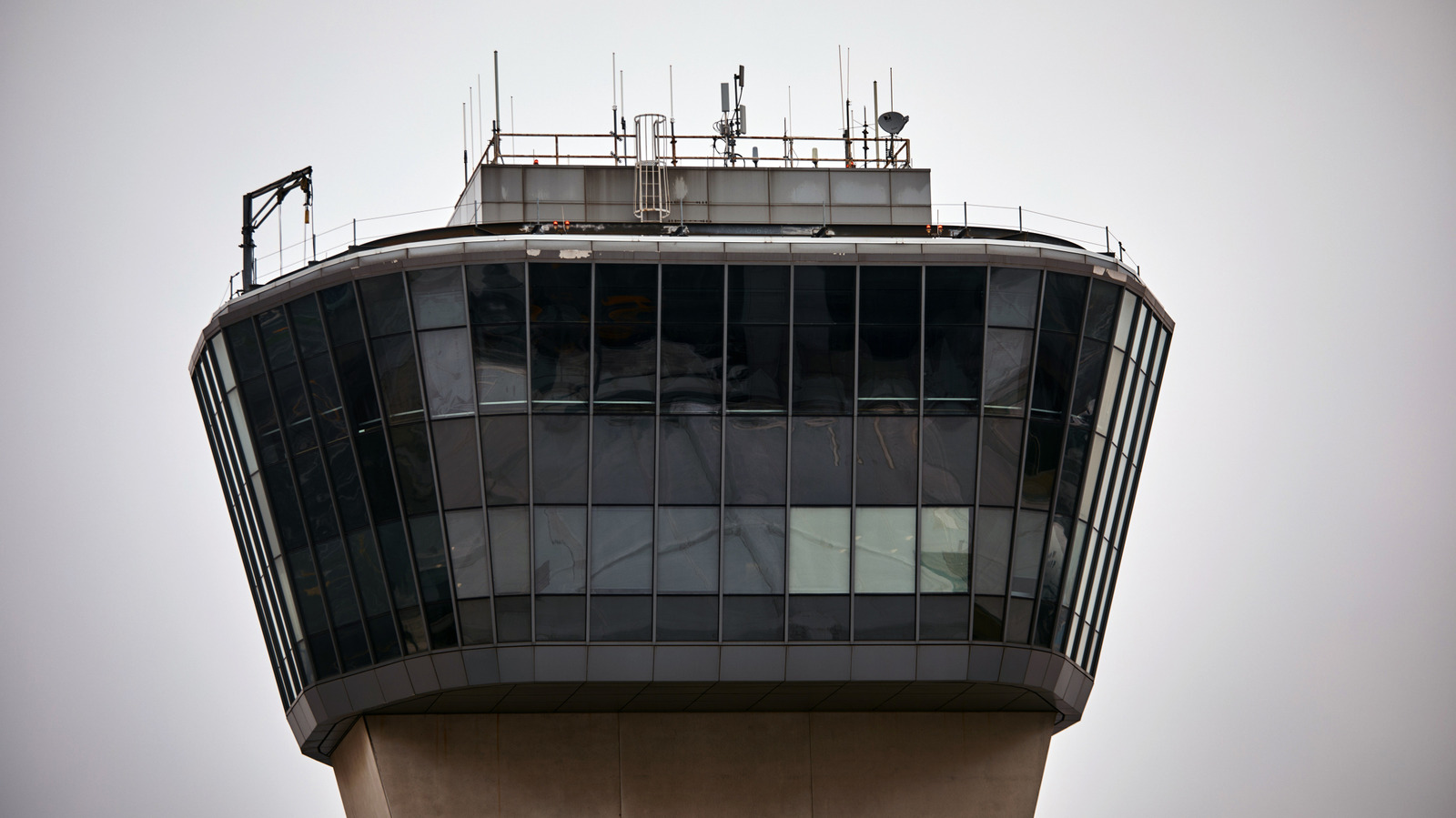Why Is the FAA Considering Immigrants for Air Traffic Control Roles?
If you’ve ever flown across the country, you know how much trust we put in air traffic controllers. These are the folks guiding thousands of planes safely through the sky every single day. So, when news broke that the Federal Aviation Administration (FAA) is looking at hiring immigrants—specifically, non-citizens—for these high-stakes positions, it raised more than a few eyebrows. But what’s really behind this move?
The answer is simple: a looming shortage. According to a 2023 report from the U.S. Department of Transportation, the FAA is facing a significant gap in its workforce, with nearly 3,000 controllers eligible for retirement in the next five years. Training new controllers takes years, and the pipeline isn’t keeping up with demand. The agency is exploring all possible avenues to keep the system running smoothly, and broadening the pool of qualified candidates is one way to do that.
Are Security Concerns About Non-Citizen Controllers Justified?
Let’s address the elephant in the room: safety. Some security personnel at the FAA are reportedly “losing their minds” at the idea of non-citizens managing America’s airspace. It’s a gut reaction, but is it grounded in reality?
The FAA already has some of the strictest vetting processes in the federal government. Every controller—citizen or not—must pass rigorous background checks, psychological evaluations, and ongoing monitoring. In fact, the Transportation Security Administration (TSA) and Department of Homeland Security (DHS) would be involved in any policy change, ensuring that national security isn’t compromised. Other countries, like Canada and Australia, have successfully integrated immigrants into their air traffic control systems without incident. The key is not citizenship, but trustworthiness and competence.
What Skills and Qualities Matter Most for Air Traffic Controllers?
If you think about what makes a great air traffic controller, it’s not their passport—it’s their ability to handle stress, communicate clearly, and make split-second decisions. The FAA’s own job requirements focus on these core competencies. Candidates must demonstrate exceptional problem-solving skills, spatial awareness, and the ability to work in high-pressure environments.
Language proficiency is non-negotiable. All controllers must be fluent in English, the international language of aviation. This ensures that everyone in the control tower and cockpit is on the same page, literally and figuratively.
How Could Immigrant Controllers Actually Improve the System?
Here’s something that often gets overlooked: diversity can be a real asset in air traffic control. Immigrants bring unique perspectives, language skills, and cultural awareness that can help in an increasingly globalized industry. For example, during the 2020 Tokyo Olympics, bilingual Japanese-English controllers helped manage a surge in international flights with fewer communication hiccups. The FAA could benefit from similar flexibility, especially as international travel rebounds.
Plus, opening doors to qualified immigrants could help fill roles in underserved regions. Rural airports and busy metropolitan hubs alike are struggling to attract enough talent. Broadening the pool means more opportunities to find the right fit for each location.
What Does the Data Say About Immigrants in Sensitive Roles?
It’s easy to let fear drive the conversation, but the numbers tell a different story. According to a 2022 analysis by the Migration Policy Institute, immigrants make up nearly 17% of the U.S. workforce in science, technology, engineering, and math (STEM) fields. These sectors are just as sensitive as aviation, and there’s no evidence that non-citizens are less reliable or more prone to security breaches.
In fact, the U.S. military has long accepted non-citizens into certain roles, provided they pass stringent background checks. The result? A stronger, more adaptable force. The FAA could see similar benefits by tapping into a broader talent pool.
What’s the Real Risk of Not Expanding the Talent Pool?
Here’s the flip side: if the FAA doesn’t act, the shortage of controllers could lead to more flight delays, increased workload for existing staff, and, ultimately, a higher risk of mistakes. The National Air Traffic Controllers Association has warned that burnout is a real concern, especially as traffic returns to pre-pandemic levels. Sticking with the status quo might feel safer, but it could actually make the system more vulnerable.
How Could This Change Affect Travelers and the Industry?
For most travelers, the only thing that matters is getting from point A to point B safely and on time. If expanding hiring practices helps keep flights on schedule and reduces delays, it’s a win for everyone. Airlines, airports, and passengers all benefit from a robust, well-staffed air traffic control system.
There’s also a broader message here: America’s aviation system has always thrived on innovation and adaptability. Embracing qualified immigrants isn’t about lowering standards—it’s about meeting the challenges of a changing world head-on.
What Should Happen Next?
The big takeaway? Modernizing air traffic control isn’t about perfection—it’s about smarter adjustments. Start with one change this week, and you’ll likely spot the difference by month’s end. By focusing on skill, integrity, and adaptability—rather than just citizenship—the FAA can build a safer, more resilient system for everyone who takes to the skies.


